In today’s factories, the demand for automation, flexibility and advanced technologies is growing. Efficient production relies on intelligent devices that allow for real-time connectivity, transforming traditional sensors and actuators into intelligent components.
Last month we published an article about the role of switches in industry 4.0. We explained how an electronic switch with an IO-link interface allows it to digitally connect machines and process lines to the IoT. Today, the focus will be fully on IO-link and its applications. We will showcase several solutions from leading industry suppliers to prove the importance of IO-Link communication technology. Discover how IO-Link can help manufacturers make the transition to Industry 4.0.
Meaning of IO-Link in Industry 4.0
Manufacturing is getting more digitised and mechanised as big data, robotics, and virtual reality become more integrated. Traditional production is changing into smart factories where everything is connected. Thus traditional sensors become ‘smart’ with IO-Link, allowing them to connect with several parameters.
Instead of reporting merely a low or high signal, a sensor using the IO-Link protocol may convey the actual temperature measurement in real-time. Before, the only information that could be extracted from sensors was an on/off status. IO-Link provides a data structure that is both clear and machine-readable. As Helmut Börjes, Product Manager at WAGO, mentioned: ‘IO-Link is the key to the digital future’.
IO-Link is not just gaining increasing acceptance in an ever greater number of applications ‒ the manufacturer-independent communication technology is also an enabler for innovative sensor solutions and supports the global availability of data and information required by Industry 4.0.
CBN, IO-Link: Industry 4.0 for everyone
IO-Link communication standard
IO-link is the first standardised, powerful 2-way point-to-point communication system. In other words, IO-Link is a field data acquisition interface with a lot of flexibility. The open communication standard enables a continuous data flow from the sensor or actuator to the control level. Thanks to its compatibility with common industrial architectures, such as Fieldbus and industrial Ethernet, it can be easily connected to existing PLCs or HMIs using standard connectors without additional cabling.
It is especially important that open information technology – or interface technology – between the sensor/actuator and I/O terminal, complies with the international IO-Link standard, IEC 61131-9. IO-Link minimises factory downtime, maximises throughput and enables efficient transparency in both the control cabinet and the field.
A simple, consistent and inexpensive point-to-point connection, that links sensors and actuators to the control level, systematic diagnostic concepts and efficient handling of parameter data on all levels of the automation system are among the main benefits of IO-Link, however, there are many more.
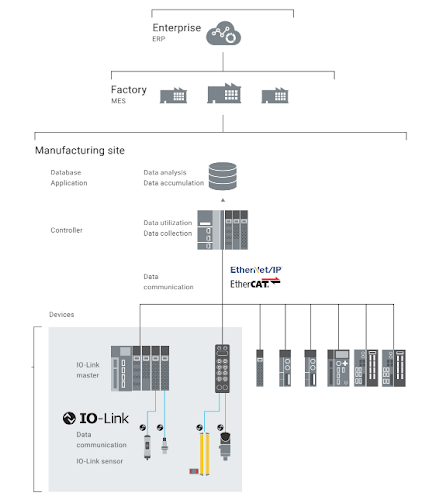
Main benefits of IO-Link communication
Depending on the industry, IO-Link has many advantages, such as:
- Easy integration of complex sensors
- Economical and efficient installation
- Secure and efficient
- Reduced control cabinet size
- Increased availability
- Less wiring and assembly effort
- Detection of disturbance
- Optimised plant operation
- Efficient engineering and diagnosis
- Rapid diagnosis and monitoring of relays and drives
IO-Link Applications
IO-Link devices can be used in many applications in different industrial sectors, including agriculture, food production, machine production, manufacturing, and advanced technologies like switchgear. Below we showcase the vision of industry leaders on IO-Link technology, supported by recommended products.
OMRON
In Industry 4.0 engineers and maintenance technicians can collect more data from the factory floor. They can anticipate how long sensors will be installed in a specific environment and where process improvements are needed to extend sensor life. IO-Link is one technology that helps with that. It allows users to collect output data and track it over time.
In addition to collecting total runtime data and even temperature information, users can use IO-Link to identify the vendor, product name, and hardware revision. Users may know the condition of many sensors in real-time with the E2E proximity sensors from Omron, allowing them to determine the location and cause of failures ahead of time. Read more about the technical specification of proximity sensors here.
Omron’s product range is much more extensive. Besides the E2E proximity sensors, Omron offers a selection of IO-Link-enabled photoelectric sensors (see Figure 2) and light curtains.
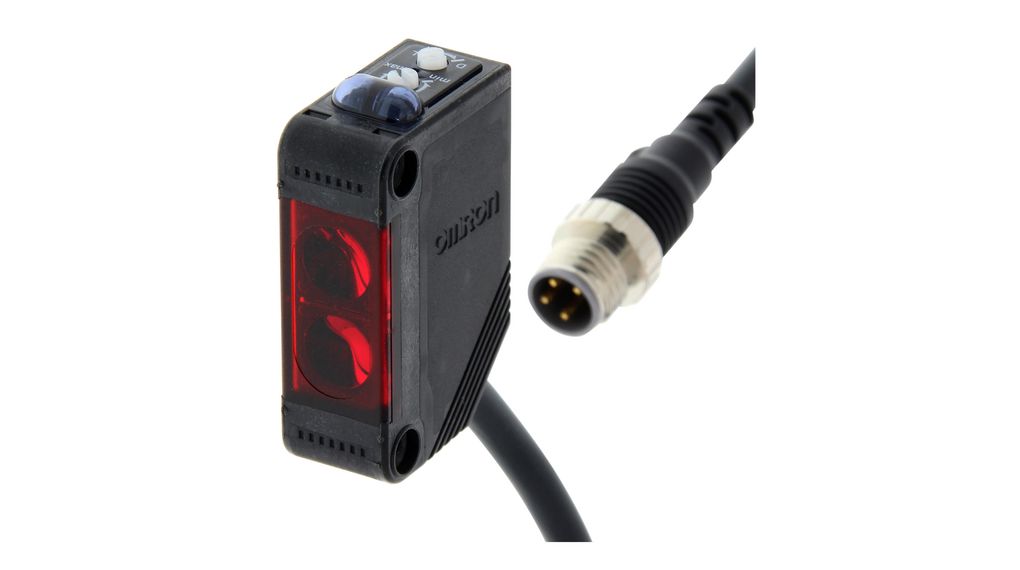
Siemens
IO-Link is an open interface that can be used with any Fieldbus or automation system. In all fields of control engineering and sensor and actuator technologies, the IO-Link Consortium from Siemens supports this notion. For example, Siemens’ IO-Link communication standard is fully integrated with TIA.
Its consistent interoperability ensures a high level of investment protection, even when used with existing machine concepts, by allowing the use of sensors without an IO-Link interface to continue operating. Furthermore, interoperability provides you with a wide range of product options and the assurance of future development. Find out more on how to configure IO-link modules in the TIA Selection Tool by Siemens.
Siemens SIMATIC S7-1200 Controllers are compact CPUs with integrated I/Os and industrial communication modules that provide an intuitive alternative for compact automation solutions with enhanced communication options and numerous networking functionalities.
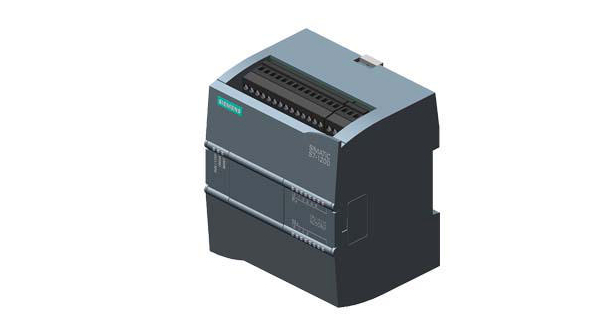
Siemens ET 200 AL Distributed I/O systems have IO-Link modules enabling easy connection of standard sensors to any PLCs or Controllers modules, or automation networks, making it the ideal data gathering, monitoring, and control system for Totally Integrated Automation applications.
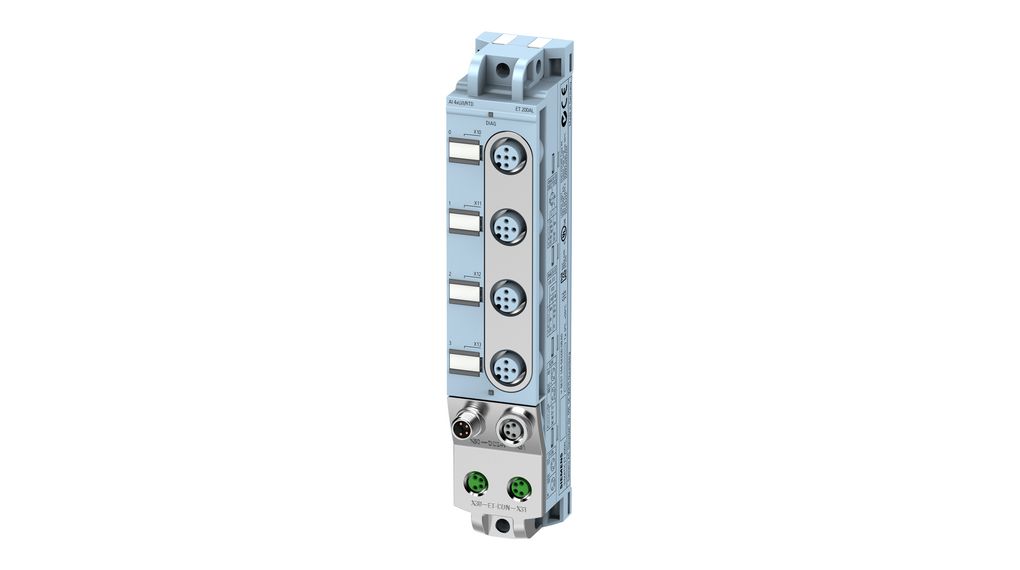
WAGO
The top automation solutions from WAGO are based on IO-link. IO-link is an open communication standard for data flow from the sensor to the control level.
Wago’s IO-Link Modules have a 4-Channel IO-Link Master to pair sensors and actuators to link and transmit data to control systems as bits, bytes, or data blocks for input and output purposes.

750-657 4-Channel IO-Link Master may also send acyclic data to sensors and actuators at up to 230.4 kBaud for identification, configuration, parameterisation, and diagnostics. Designing, installing, and operating a project has never been so simple!
WERMA
If you are looking for an IO-Link module for signal towers, discover eSIGN series of signal towers from Werma. The brand offers future-proofed solutions with electrical adaptability, compatibility, and an industrial design that integrates usefulness with aesthetic and robustness.
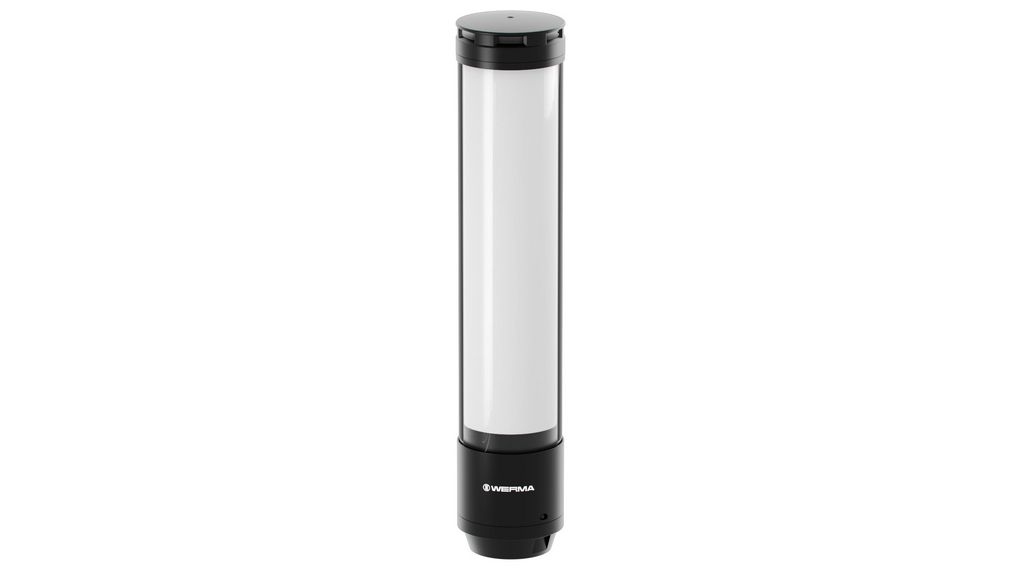
eSIGN series IO-Link module for signal towers represents the future of IOT signalling by offering consistent data exchange from your state-of-the-art bright LED Signal Towers to your Controllers with an undisturbed point to point communication.
FESTO
Festo is a member of AS-Interface and IO-Link and all of the worldwide relevant Fieldbus/Ethernet organisations.
FESTO CMMO-ST IO-Link Motor Controllers are open and closed-loop position controllers that are easy to connect via IO-Link or I-Port. They allow monitoring and defining any position and torque ranges within the production line specification of any automation system. IO-Link enables seamless point to point communication of electric cylinders/axis or rotary drives with sensors and actuators to create truly connected devices and a perfect solution for any pneumatic project.
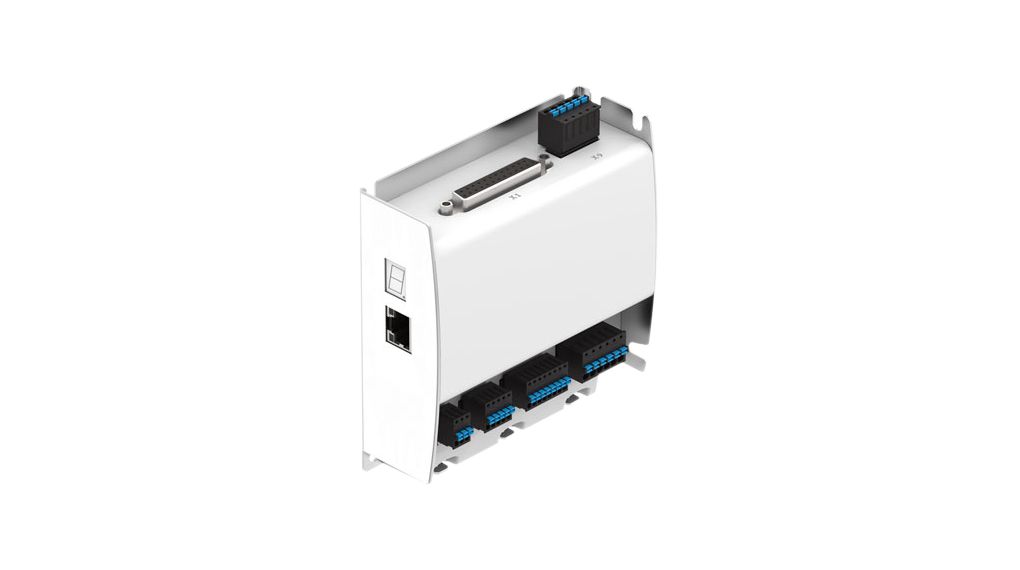
FESTO also offers cables compatible with IO-Link technology for the final project touch from the accessories range. Discover the NEBU series of connection cables from FESTO.
You can also take advantage of the Distrelec market’s unique bundles combining connecting cable and proximity sensors from FESTO, offering additional savings.











